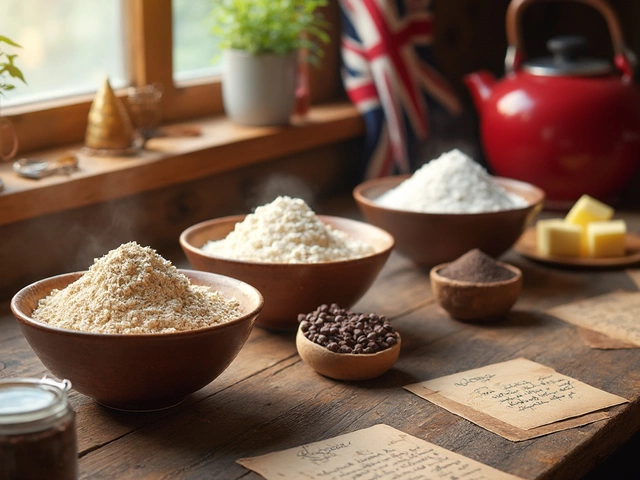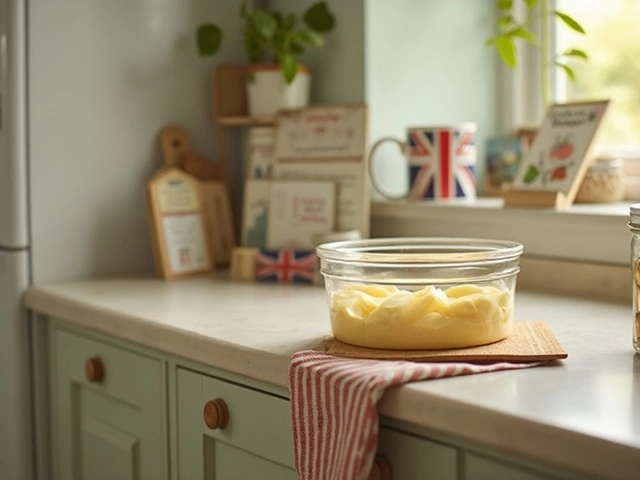Soft Cookie Tips: Keep Your Cookies Chewy and Delicious
Ever bite into a cookie and feel that disappointing crunch instead of a soft, gooey bite? It happens to the best of us, but the good news is you can fix it with a few easy tweaks. Below are the most effective ways to make sure every batch stays soft and chewy.
Why Cookies Turn Hard
The main reason cookies harden is over‑baking. Even a minute longer than the recipe calls for can dry out the interior. Also, too much sugar or too little fat will pull moisture out, leaving a crisp edge. Finally, letting cookies cool on a metal tray continues the cooking process, turning a soft center into a firm one.
Pro Tricks for Soft Cookies
1. Use brown sugar. Brown sugar contains molasses, which holds onto moisture. Swapping half of the white sugar for brown sugar gives a tender crumb.
2. Add a bit of cornstarch. One tablespoon per cup of flour creates a finer texture and slows gluten development, keeping the cookie soft.
3. Chill the dough briefly. Resting the dough for 20‑30 minutes lets the flour hydrate fully. It also prevents spreading, so the cookie stays thick and chewy.
4. Under‑bake by a minute. Pull the tray when the edges are set but the center still looks slightly undercooked. The residual heat finishes the bake without drying it out.
5. Cool on a wire rack, not the sheet. Transfer cookies to a wire rack as soon as they can be moved. This stops the bottom from steaming and becoming soggy while keeping the top soft.
6. Store right. Place cookies in an airtight container with a slice of bread or a damp paper towel. The extra moisture keeps them from stiffening.
Want to boost flavor without sacrificing softness? Mix in a tablespoon of melted butter or a splash of milk. Both add richness and keep the crumb moist.
If you love extra chewiness, try adding a spoonful of honey or maple syrup. The natural sugars attract water, extending softness for days.
Experiment with different flours, too. Using part cake flour lowers gluten content, resulting in a more tender bite compared to all‑purpose flour.
Remember, each oven is different. Keep a notebook of temperature tweaks and bake times for your specific machine. That way you’ll always hit the sweet spot.
Finally, don’t overlook the batter’s temperature. Baking from a cold fridge can cause uneven spreading, while room‑temperature dough spreads too fast, creating thin, crisp edges.
Follow these tips and you’ll consistently pull soft, chewy cookies out of the oven. Your friends will think you’re a pro, and you’ll finally enjoy that melt‑in‑your‑mouth texture every single time.






